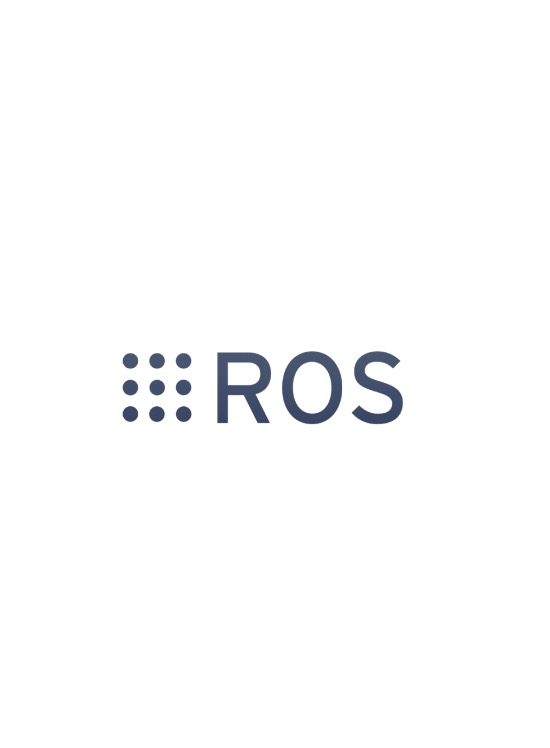Introduction
The Robot Operating System (ROS) has revolutionized robotics development, enabling researchers, engineers, and hobbyists to build sophisticated autonomous systems with unprecedented efficiency. As an open-source middleware framework, ROS provides the tools, libraries, and conventions needed to streamline robot software development. In this blog, we’ll explore ROS’s role in modern robotics, its core features, real-world applications, and future trends.
1. What is ROS?
ROS is not an operating system in the traditional sense but a flexible framework for writing robot software. Initially developed in 2007 by Willow Garage, ROS has grown into a global ecosystem supported by a thriving community. Key highlights:
- Modularity: ROS uses a distributed architecture where functionalities are split into reusable nodes.
- Language Agnostic: Supports Python, C++, and other languages.
- Hardware Abstraction: Simplifies integration with sensors, actuators, and devices.
- Open Source: Free to use and modify under the BSD license.
2. Core Components of ROS
Nodes and Topics
- Nodes: Independent processes that perform specific tasks (e.g., sensor data processing).
- Topics: Communication channels for nodes to exchange messages (e.g., a camera node publishing images to a
/cameratopic).
Services and Actions
- Services: Enable request-response interactions between nodes (e.g., requesting robot status).
- Actions: For long-running tasks with feedback (e.g., navigation to a goal).
ROS Tools
- RViz: 3D visualization tool for sensor data and robot models.
- Gazebo: High-fidelity robot simulation environment.
- ROS Master: Coordinates communication between nodes.
- Catkin: Build system for compiling ROS packages.
3. Why ROS is a Game-Changer for Robotics
- Rapid Prototyping: Reuse existing packages (e.g., SLAM, motion planning) instead of reinventing the wheel.
- Cross-Platform Compatibility: Works with Ubuntu, Windows, and embedded systems.
- Community-Driven Innovation: Thousands of open-source packages (e.g., MoveIt for manipulation, ROS Navigation Stack).
- Simulation-to-Reality Workflow: Test algorithms in Gazebo before deploying on physical robots.
4. Real-World Applications of ROS
Autonomous Vehicles
- Companies like Tesla and Waymo leverage ROS for prototyping self-driving algorithms (perception, path planning).
- ROS 2 enhances real-time performance and security for production systems.
Industrial Automation
- Factories use ROS-powered robots for tasks like pick-and-place, quality inspection, and collaborative robotics (cobots).
Drones and UAVs
- ROS integrates with flight controllers (e.g., PX4) for autonomous navigation and swarm robotics.
Healthcare and Service Robots
- ROS enables robots like Toyota’s HSR (Human Support Robot) to assist in hospitals and homes.
5. The Rise of ROS 2
ROS 2, the next-generation framework, addresses limitations of ROS 1:
- Real-Time Support: Critical for industrial and safety-critical applications.
- DDS Integration: Data Distribution Service (DDS) ensures reliable communication in complex networks.
- Multi-Robot Systems: Enhanced support for distributed robotics (e.g., drone swarms).
6. Challenges and Future Trends
- Learning Curve: ROS requires familiarity with Linux and coding, though tools like ROSject (online simulators) are lowering barriers.
- Security: ROS 2 introduces encryption and access control for secure deployments.
- AI Integration: Combining ROS with machine learning frameworks (TensorFlow, PyTorch) for adaptive robotics.
- Standardization: Efforts like ROS-Industrial aim to unify industrial robot interfaces.
Conclusion
ROS has become the de facto standard for robotics research and development, bridging the gap between academia and industry. With the advent of ROS 2 and growing adoption in autonomous systems, the future of robotics looks more collaborative, scalable, and intelligent. Whether you’re building a small hobby robot or a fleet of autonomous vehicles, ROS provides the foundation to turn ideas into reality.
Get Started Today:
- Explore tutorials on ROS Wiki.
- Experiment with simulations in Gazebo.
- Join the ROS community on GitHub and Discourse forums.
Let’s build the robots of tomorrow, one node at a time! 🤖



No responses yet